From Russia, or Ukraine, with love
How the European and North-American Far-Right is divided on who to back in the war
Since the Russian invasion of Ukraine in 2022, and 2014 before that, nationalists and far-right activists across Europe and North-America have had to make some counter-intuitive choices. On the one hand there is a foreign power that wants to re-establish the old bounderies of the hated communist Soviet Empire and is invading a sovereign state that is proud of its history fighting off the communists and imperialists. On the other hand there is Putin, a leader who is willing to stand up against liberal Europe and the “globalist elite”, and is a defender of nationalist pride and conservative family values, who is simply defending his country against NATO and EU expansion by launching a pre-emptive strike against a Jewish lead break-away part of the Russian Empire.
This dichotomy has lead to extreme mental gymnastics in far-right circles and has made some neonazi groups susceptible to Russian and Ukrainian propaganda and recruiting. It is now not uncommon that neonazi sympathizers are now locked in a battle to the death on both sides in the muddy trenches of eastern-Ukraine.
The same mental gymnastics have lead to ruffled feathers in the political far-right across Europe and North-America as people and political parties find themselves having to choose sides between supporting Russia or Ukraine based on very similar ideological far-right values. Discussions about leaving the European Union have to be enforced with either pro-Russian rhetoric or some form of nationalist defense of sovereign integrity when it comes to supporting Ukraine while at the same time wanting to break up the European Union.
After the break-up of the Soviet Union, and its satellite states, in the 1990s ultra- or far-right groups started popping up all across Eastern Europe and Russia. Western media loved showing footage of Russian and Polish neonazi skinheads patrolling the streets or throwing the Hitler-salute in football stadiums. Any time Russian ultra-nationalist Zhirinovsky opened his mouth it was broadcast and reported on by journalists and politicians as a sign of the utter state of chaos in Russia. The ultra-right were not seen as a real threat, but more as a clownesque representation of the utter societal collapse of the Russian Empire and the superiority of the West. Meanwhile ignoring the rise of the far-right across Europe and North-America of course.
What was not reported on was the connections the actors on the far-right were making across national lines. Polish neonazi hooligans started organizing concerts and martial arts and weapon training together with Ukrainian neonazis, who were in their turn connecting with German and American neonazis. Groups like Blood&Honour, a hardcore violent neonazi group that has been put on terrorist watch-lists across the globe, were keen to connect with groups in Russia, Ukraine, Poland and other Eastern-European countries in a bid to strengthen their numbers. The fall of the Soviet Empire created a massive new market for weapons, drugs and human trafficking and far-right groups were happy to cooperate with local crime syndicates to fill their coffers so they could organize the fall of Western democracies.
The process of building up and international far-right community was a slow one and hit many bumps in the road because of infighting, impatience and disruption by law enforcement agencies. In the 90s and the first decade in the 2000s neonazi groups had to deal with the Führer-problem. Every group had its own leader and felt that their leader or their national chapter would be the leading one in the far-right movement across the globe. German groups felt they were organizing the global movement in order to restore the Third Reich while Russian, Polish, Austrian and American neonazis thought they were doing the same in their country. Local, regional and national leaders hated each other and it was not uncommon that far-right groups would end up fighting each other at meetings or concerts in a bid for supremacy of the movement.
But the later 2000s started offering opportunities for a more hegemonous movement. In the political arena in Europe and North-America anti-immigration and anti-Islamic rhetoric started to gain a foothold. Small right-wing political parties across Europe and the “America first” flank of the Republican party in the US started to grow and get more and more votes. The public discourse, led by right-wing media and pundits on social media, paved the way for far-right groups to gain more of a following. Racist, homophobic, mysoginist and anti-left talking points that had been relugated to the fringes of the internet in the 90s suddenly became mainstream.
This shift in public discourse created an opportunity for neonazi groups to re-invent themselves. Leaders were no longer supported and the “movement” and its goals became the most important part of trying to create worldwide neonazi dominance. This meant that infighting amongst far-right groups started to calm down as the focus became international. In the eyes of the far-right there was a global sruggle against powers that were trying to destroy white supremacy and Western culture. These talking points had always been part of the nazi movement but now, working across borders, neonazi groups started to form a united message. No longer was the focus on local or regional enemies supported by a “ global Jewish Cabal”. The enemy was now the same across the board. The Immigrant, the Leftist, the LGBTQ-community, the Feminists, etc. These groups were present in every country, unlike for instance more old school enemies like Roma and Sinti, and it made spreading propaganda a lot easier even though the “Jewish enemy” is still an integral part of any far-right propaganda.
And with the ego problem of local Führers mostly out of the way international cooperation flourished. Concerts, protests, conferences, combat sports tournaments and other gatherings could now be organized without having to worry about brawls breaking out between groups. And with right-wing political parties gaining a strong foothold in national parliaments like in Hungary it made it a lot easier for these events to be organized as there was little to no opposition from the State as there was in the 1990s.
What made things even more attractive for Western neonazi movements to make friends with their Eastern-European and Russian friends was the access to weapons and training. National laws across Western-Europe are strict when it comes to owning guns and being allowed to organize weapon and tactical training. In the 1990s and early 2000s it was only possible for more affluent neonazis to travel to the US or South-Africa to get their hands on some gun- and tactical training with militias and neonazi groups in these countries. But now German, Dutch and British neonazis could travel for a small amount of euros to the Czech Republic, Russia or Ukraine where they could go to gun-ranges and train with AK-47’s. This immediately gave Eastern-European neonazi groups a boost in their standing across the far-right global sphere. Here were groups that could walk around in full nazi-regalia with AK-47’s in their hands and nobody got in their way. Travelling to Eastern-Europe became a popular undertaking for many neonazis, including those from the United States as they felt the federal government was too “liberal” and were trying to infringe on their gun-toting freedoms.
During the 2010s it became clear that Russia, under the leadership of Putin, was getting more and more hostile towards the West. Previously Putin had focussed his aggression on Georgia, Chechnya and other former Soviet republics. But now the West came into focus. Retaking Ukraine under the guise of defending Russia against NATO and EU expansion became the staple of Russian foreign politics. Russia’s puppet regime in Ukraine started to faulter and Putin decided to take action by supporting Russian ethnic groups in the east of Ukraine who felt they were treated unfairly by Ukraine. Putin boosted these feelings with anti-Ukrainian propaganda by calling Ukraine a country run by neonazis. By supporting ethnic Russian militias in the east of Ukraine Putin was setting his first steps towards reinstating a large Russian Empire that would cover large swaths of Eastern-Europe. By referring to past collaboration with the German Nazi troops that had invaded Ukraine, and for instance the Baltic states, and whose soldiers and militias had help the Germans kill so many Jews and percieved enemies of the state it gave Putin the moral right to actively protect Russian minorities in other countries. Not only did Putin give money, weapons and military “advisors” to eastern-Ukrainian seperatists, but he did the same for Russian speaking people in Moldova and Georgia.
Putin started to court extreme-right wing political parties across Europe and North-America. Secret financing of certain right-wing politicians, their parties and right-wing media pundits and outlets combined with a massive digital disinformation campaign across social media disrupting national politics gave rise to polarization amongst the population of Europe and North-America. Putin started to fuel the idea that he alone was responsible for pushing back against “globalist influence”. His support for anti-LGBTQ laws and regulations and his “fight” against European and NATO aggressive expansion resonated with nationalist groups who felt they were losing a grip on their national integrity and Christian identity that supported traditional family values. Political parties wanting to leave the European Union were starting to resoundingly become more pro-Russian.
Within the neonazi movements Putin’s support for right-wing politics did not go unnoticed but was largely ignored as it had no effect on the more radical aspirations of the global white supremacist movement. Standing up for traditional Christian values was all well and good for conservatives, but neonazis wanted total white domination combined with extermination of “lesser” people. So the bonds between neonazi groups went across national interests and, for instance, Russian and Ukrainian neonazis kept up their cooperation.
With the rise of the far-right Azov Movement in Ukraine, in a political landscape that supported several large far-right parties and organizations, it became more and more enticing for neonazis from across the globe to come to Ukraine and enjoy freedoms they did not have in their own countries. Much like Hungary and Russia, Ukraine stayed a safe space for violent neonazis.
But then Putin and his Z-marked brigades invaded Ukraine in 2022 and things on the far-right changed. Nationalist integrity clashed with Imperial aggression. The “great defender of traditional values” and “champion of straight white male dominance” now attacked friends and comrades in Ukraine. The Azov neonazis quickly shifted gears and became national defenders of the Ukrainian homeland. And with a popular Jewish president in power Ukrainian far-right militias and political groups did not know how fast they needed to de-nazify their rank and file. Messaging across multiple media outlets turned from pro-nazi into pro-Ukraine and soldiers seen wearing nazi-symbols or tattoos were told to hide them. Journalists were told that “only” 10 to 20 procent of the Azov soldiers were actual neonazis and that Azov was now a professional part of the Ukrainian Army.
At the same time Russia kept using the Azov Brigade as a stick to hit Ukraine with as it exemplified the reason why Putin went in to Ukraine. His “denazification” of Ukraine, channeling the old Soviet propaganda of its victories over Nazi Germany, being an integral part of Russian propaganda to this day.
The consequences of Russia’s and Ukraine’s denouncement of nazi-ideology and nazi-inspired violent expansion forced neonazis to make changes in their allegiances. Even though Russia speaks of “denazification” it is also clear that the FSB still channels money and other support to right-wing and far-right groups and movements across the world.
Neonazi and extreme-right wing politicians are be used as “useful idiots” in Russia’s fight against the European Union and NATO. Meanwhile, these “idiots” are well aware they are being used by Russia, but they can’t help but share an admiration for Putin in his fight against the LGBTQ-community, “wokism”, the Left and the “globalist cabal”. The extreme-right even seeing a rise in support for their ideas due to Russian disinformation campaigns on Covid-vaccinations and the rise of the so-called “sovereign citizens” movement that challenges the power and legality of the State, especially in a time where states are deferring more power to the European parliament.
Underground neonazi terrorist groups also find a friend in Russia as social media channels are offered funding through backchannels. Terrorist groups like The Base and its off-springs like Atomwaffen, Sonnenkrieg Division and Feuerkrieg Division have close relations with their Russian counterparts who seem to be able to operate without the Russian law enforcement agencies getting in their way. Some well-known neonazi terrorist supporters, like Rinaldo Nazzaro and Janus Putkonen, have found a safe-haven in Saint-Petersburg from where they continue their work recruiting young men to the neonazi cause.
On the other hand there is still a large neonazi support for Ukraine and its fight against Russia. On the premise of fighting for national integrity against Imperial overreach large numbers of neonazis have joined, or tried to join, Ukrainian militias like the Azov Brigade and the Sich Batallion. And even though Ukraine has actively stopped some neonazis from joining their forces they have at the same time said that any person who wants to defend Ukraine is welcome in their Foreign Legion, no matter their political views.
Russian neonazis and ultra-nationalists have actually joined the fight against the Russian invasion of Ukraine. The motivation for joining the fight usually ascribed to wanting the dismantling of the multi-ethnic Russian Empire in favor of a Russia and Europe divided by autonomous republics based on ethnic lines. This would create “strong white-dominated” zones where ethnic minorities, that are not Christian, have no electoral or other power and are regulated to second class citizenry.
Violent Russian neonazi, “White Rex” fight-sportsbrand owner and organizer of neonazi combat sports tournaments across Europe, Denis Kaputsin, being the prime example of a pro-Russian anti-Putin militant. Born in Moscow, Kaputsin and his family moved to Germany where he became part of the neonazi hooligan scene. He started to become infamous because of his support for violent neonazi actions and was deported back to Russia in the 2010s. He continued his neonazi ambitions from there untill he decided to join the fight against the Russian invasion of Ukraine in 2019 as he founded the Russian Volunteer Corps, which is known for committing horrible warcrimes in the regions they are active. Kaputsin is also known to have close ties to American neonazi Robert Rundo who was the founder of the Resist Against Movement, a neonazi terrorist organization, and who is serving a long sentence in an American prison after being extradited from Romania in 2023.
It is clear that neonazi movements and individuals are supportive of either the Russian or Ukrainian side in the conflict. But what seems to be the glue keeping them together, and from falling out with each other completely, is the shared hatred of everything deemed underiable, whether it be “Muslim immigrants”, “woke/DEI/Communist/Socialist ideology”, “the LGBTQ agenda” or the “globalist cabal that wants to take over the world”. This “enemy of my enemy” makes it easy for neonazi and other far-right movements to ignore obvious ideological differences when it comes to “ethno-states”, imperialism and patriotism. And, of course, it does not hurt that Russia actively tries to destabilize Western society through social media and political manipulation, even if you support Ukraine. As long as the European Union and the United States can fall apart and white supremacists groups can take over power it doesn’t matter where the support comes from.
As the new Trump cabinet will undoubtedly throw a geopolitical wrench in the machine when it comes to dealing with Russia and its invasion of Ukraine in combination with European countries voting en masse for extreme right-wing parties, it will embolden neonazi movements across the globe. They will see electoral support for “anti-globalist ideas” as a catalyst for the recruitment of more young white men for their violent cause. And with national governments more focussed on repression of immigrants and leftist movements and ideas there is a chance that the growing strength of neonazi movements is ignored.
So whether or not neonazi movements support Russia or Ukraine, it seems that Putin and the Western far-right will be the ones reaping the benefit here.





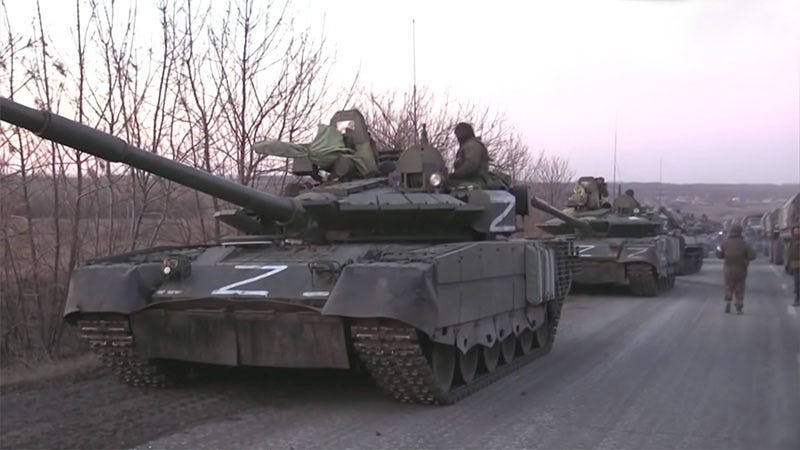
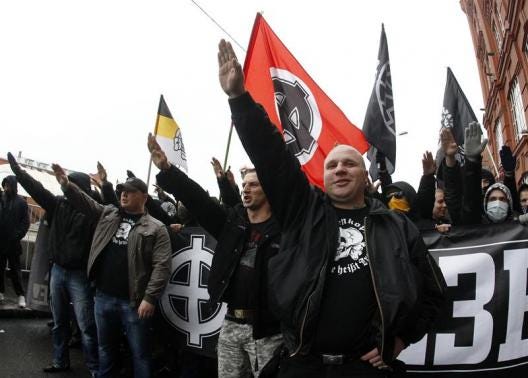
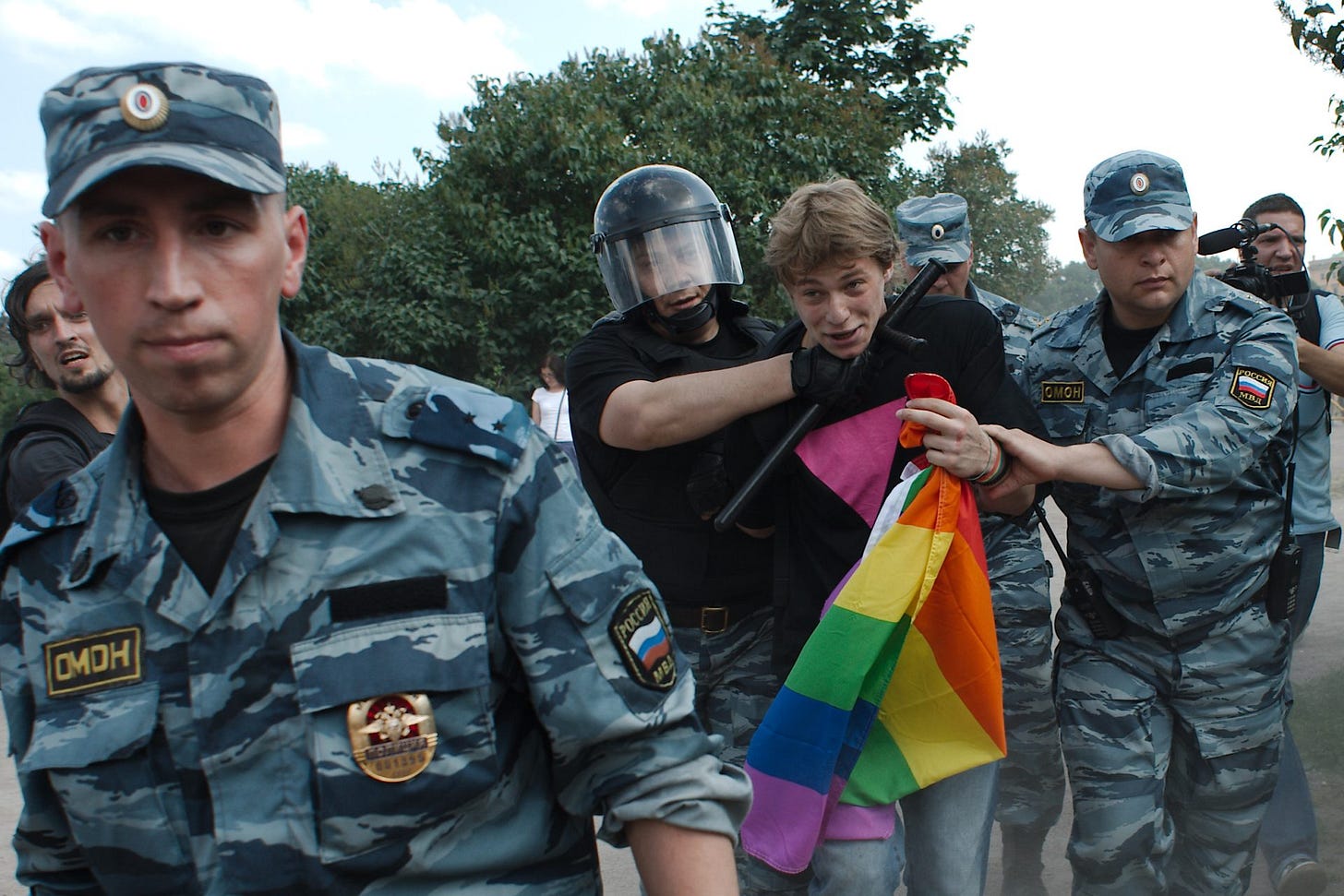
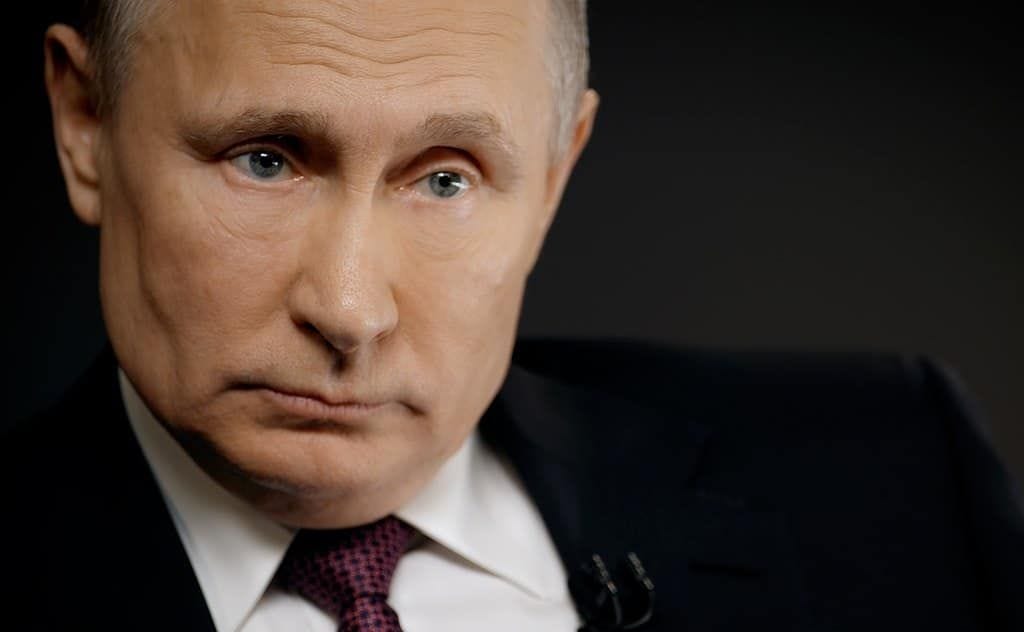
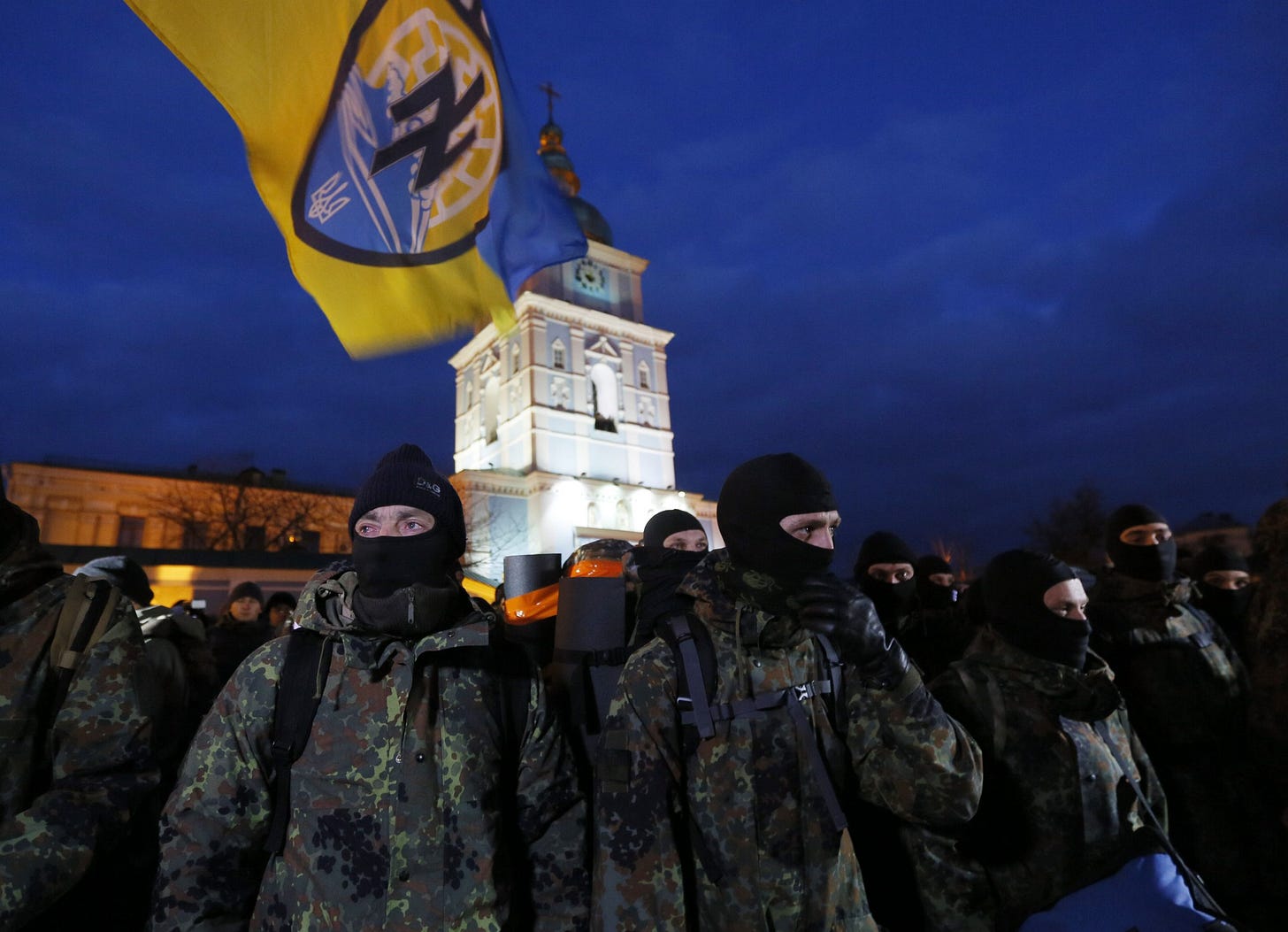
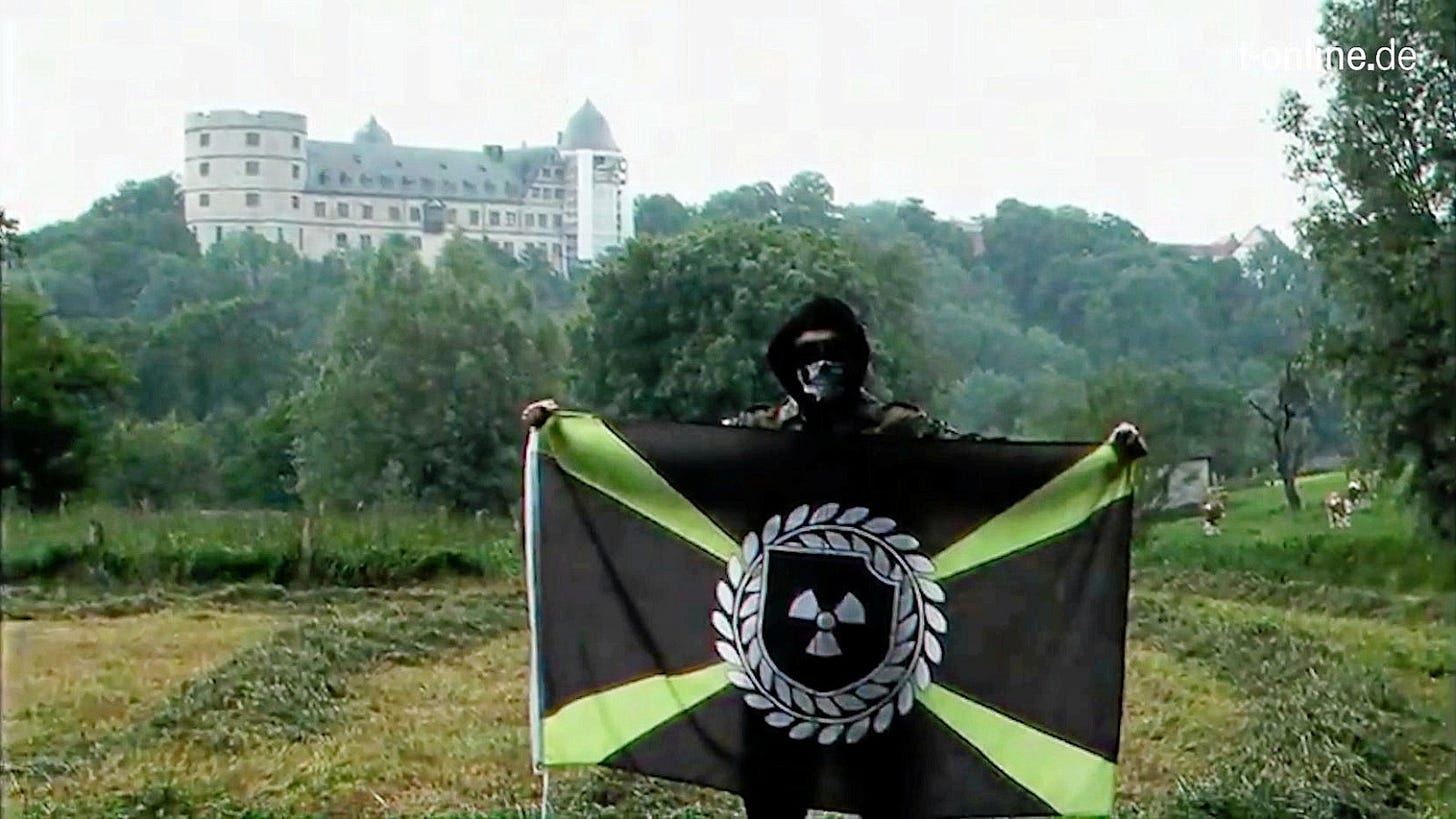
The Putin regime has worked hard to support neo-nazis around the world.
https://rusi.org/explore-our-research/publications/commentary/if-russia-serious-about-de-nazification-it-should-start-home
https://mosaicmagazine.com/picks/politics-current-affairs/2023/02/taking-a-page-from-the-kgb-playbook-russia-supports-neo-nazis-across-the-globe/
https://www.internationalaffairs.org.au/australianoutlook/putin-doesnt-combat-nazism-he-cultivates-it/
https://www.dw.com/en/german-neo-nazis-trained-at-russian-camps-report/a-53692907
https://theintercept.com/2023/07/08/american-neo-nazis-ukraine-war/
https://www.latrobe.edu.au/news/articles/2022/opinion/russias-long-history-of-neo-nazis